A day with the vet: scans and x-rays
Claire Dickie, Glenda Spooner Farm Centre Manager, describes some of the cases looked at in the course of a vet day.
Posted on 08/10/2019
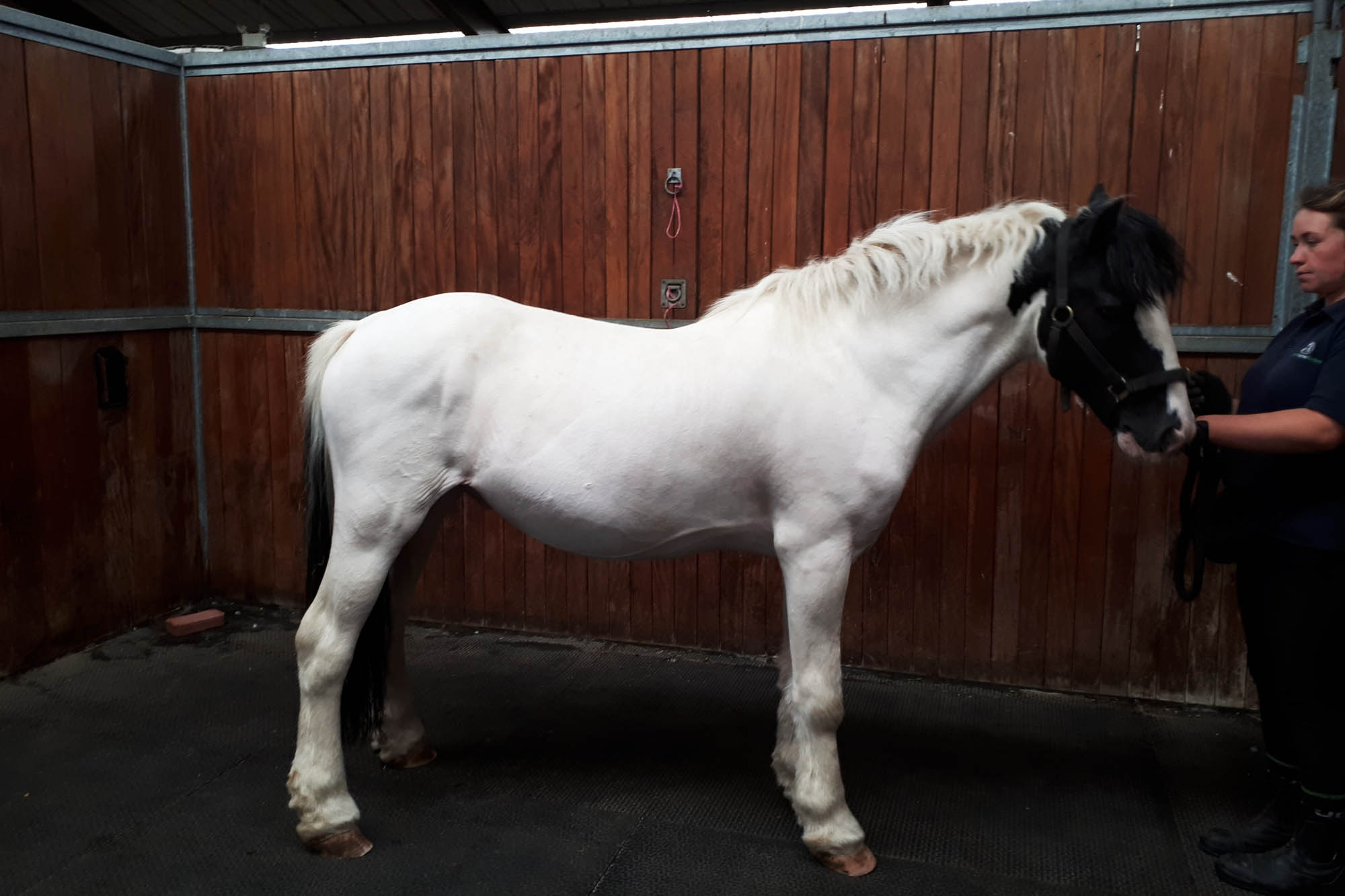
We try to group some jobs together when it comes to vet day and this week we’re focussing on scans and x-rays, as well as doing some other routine checks. We are so lucky that our vet practice has a great mobile digital x-ray machine, enabling us to get some excellent quality images without having to transport horses to hospital. So, let the x-ray games begin!
Chance is a TB type who is almost ready for rehoming; he presented two weeks ago with nasal discharge but swabbed negative to all the usual nasties. We know he has a small fracture to one of his teeth, so our dentist requested a head x-ray just to be sure it’s not tooth related. Head x-ray completed and image sent to dental specialist for review, it’s time for our next customer.
Tess is next up, a big two-year-old Shire filly who is ready for rehoming, and sound on leaving check, but has a very slightly filled hock. Due to her size and type we x-rayed both hocks and stifles to double-check all clear of OCD lesions before she heads off to her new home. It proves to be good news for Tess and her new rehomer – all her joints look perfect.
Next in the queue is Joey, another TB. Joey has been receiving remedial farriery and has made great progress but came in from the field lame last week with a suspected mild suspensory ligament injury. He’s booked in for a re x-ray of both front feet to monitor progress, as well as a quick leg scan to review what damage has occurred. Again all great news: although Joey is still mildly lame, he’s much improved and the scan of his ligament shows it’s normal, so very minimal damage done. The x-rays of his feet show amazing progress so all in all his rehabilitation is progressing well.
The next horse of the day is a lovely ten-year-old cob called Brixton, who was recently rescued from a place where he had never been out of his stable. Poor Brixton was one of a group of horses who had spent their whole lives locked inside a barn with no windows and the doors shut. He had no fresh air, no daylight and no freedom to move or exhibit normal behaviour.
Since arriving with us, Brixton has made great progress and coped amazingly well with all the new experiences he’s encountered. However, there is something else wrong with this lovely boy that we just can’t get to the bottom of. He’s had lots of rest, good food and care, and does seem to be improving slowly. On his recheck this week Jenny sees some really good improvements so for now she recommends giving him lots more of the same and plenty of time.
Next job of the day is leaving checks. All the horses with new homes to go to receive a vet check, usually within seven days of their collection date. The vet checks their general heath and ensures vaccinations are up to date, as well as checking their heart, lungs, teeth, eyes, soundness and suitability for their new role. Our horses and ponies are rehomed with their full veterinary history since coming into our care and complete transparency.
Leaving checks are always one of the best jobs as it means a lucky horse has been offered a lovely new home: great for them, great for the lucky new rehomer and great for us as it means we will have space to take in another horse that needs to be rescued. The success of our work at the farms all hinges on rehoming, since without rehomers we wouldn’t be able to help more horses like Brixton, Tess, Chance and Joey.
Claire Dickie, Glenda Spooner Farm Centre Manager
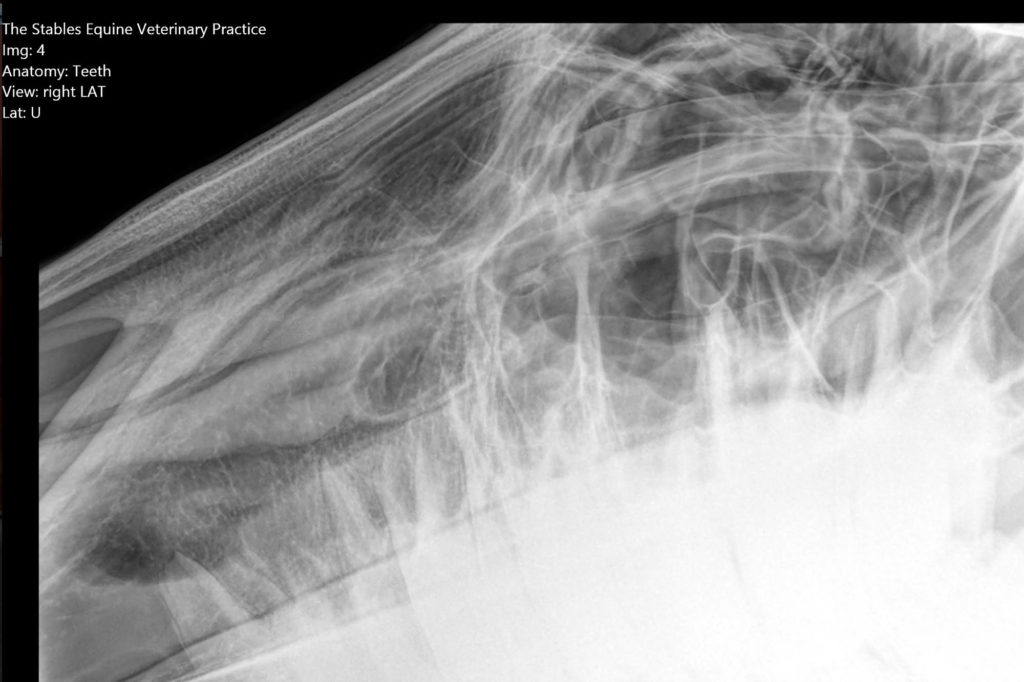
Topics
Related Blog Posts
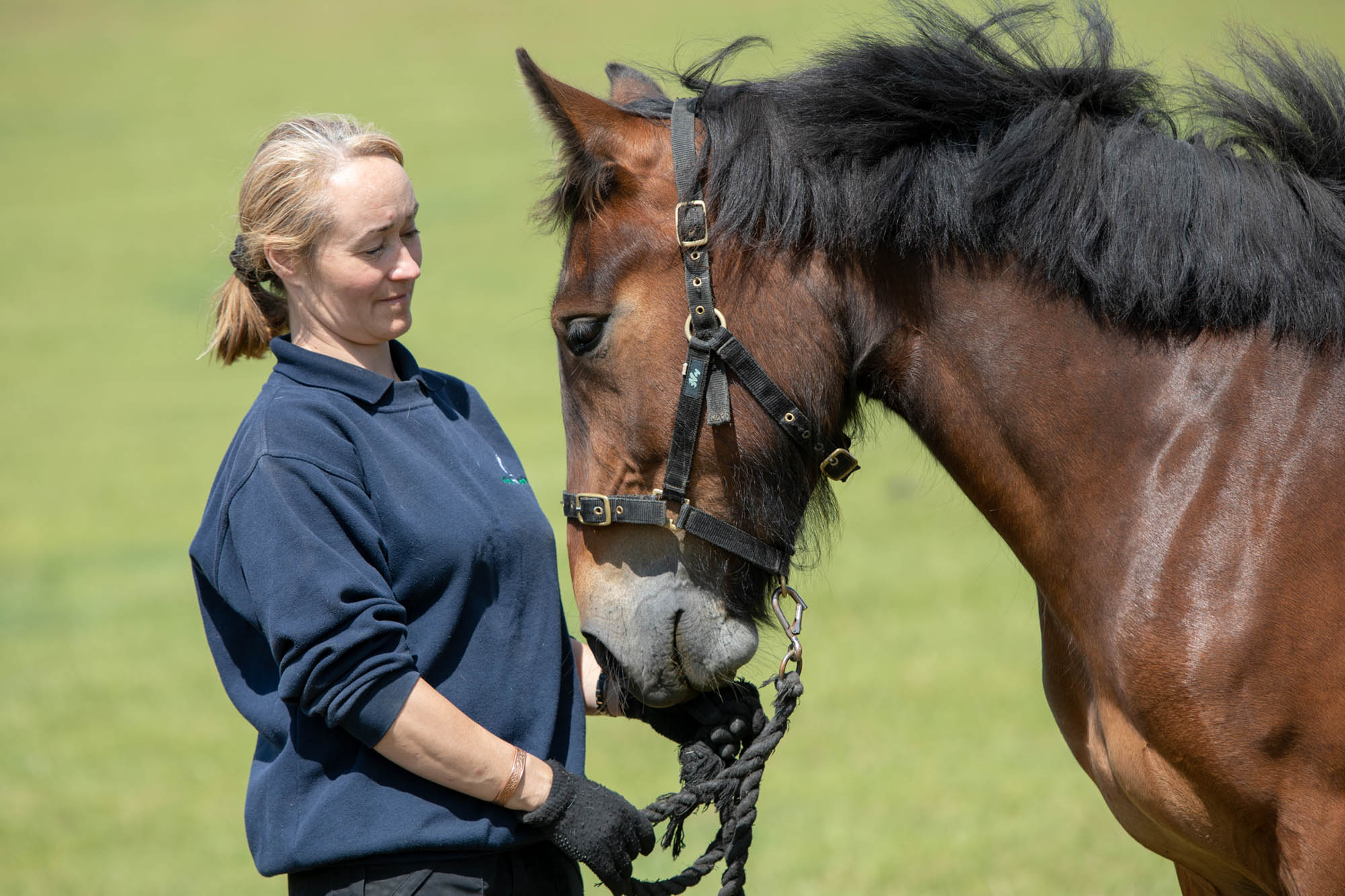
“So how does Vet Day work then?”
Claire Dickie, Glenda Spooner Farm Centre Manager, gives an overview of how vet day works at our farms.
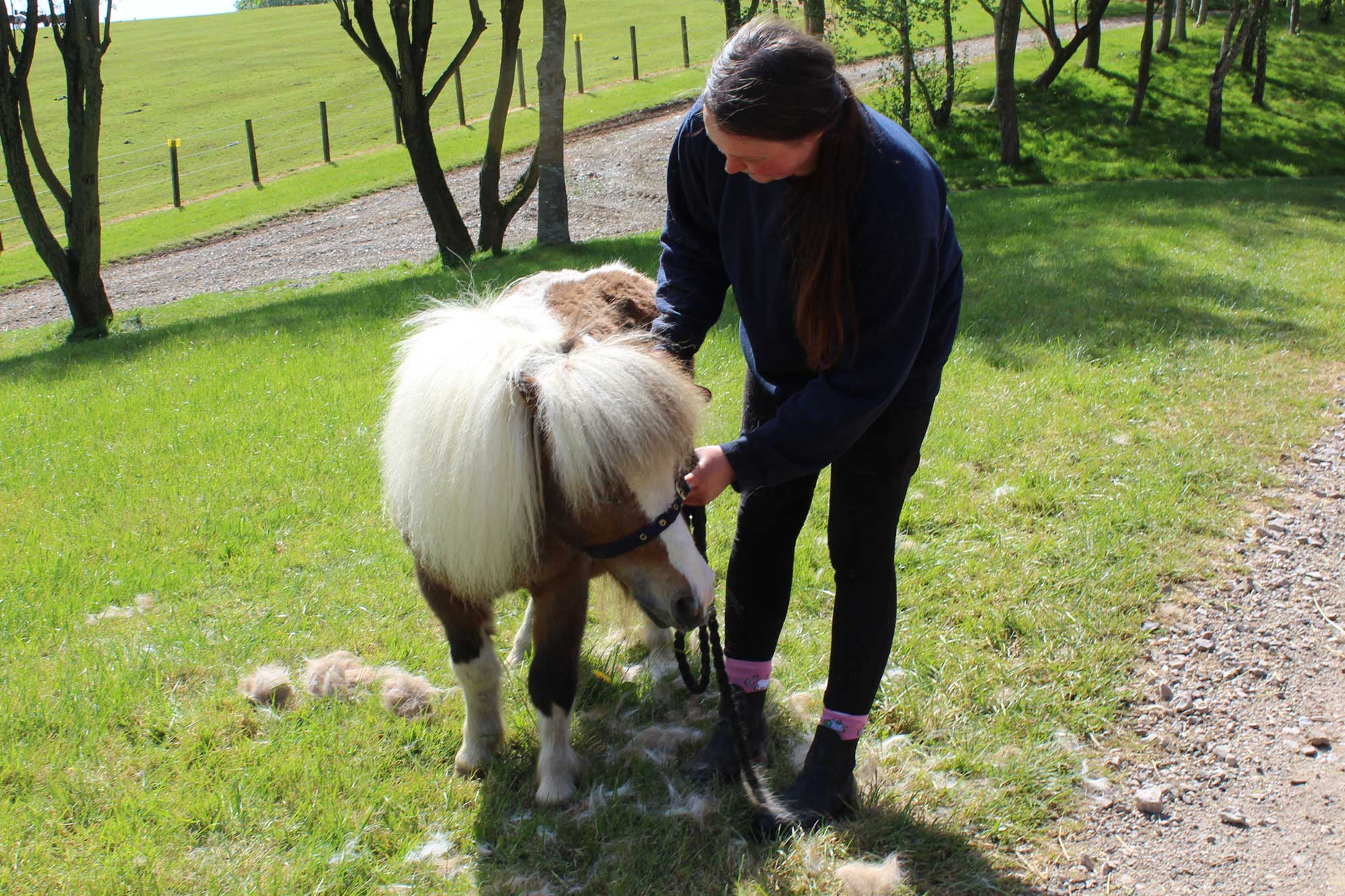
Ever wondered what a day in the life of a World Horse Welfare groom is like? Read on to find out!
Groom Lauren has been a member of the Penny Farm Rescue and Rehoming Centre since 2015 – find out how her day pans out during lockdown.
Recommended News Articles

Catalina’s invisible suffering
We shed a light on Catalina's suffering - now she is healthy and her wounds are healed.

Royal President visits World Horse Welfare in Norfolk
HRH The Princess Royal visited the Norfolk centre of Britain’s largest equine rescue and rehoming charity on 11th May.

Chief Executive Roly Owers features in new documentary
'Horses and the Science of Harmony' explores the nature of harmony between horse and rider
Enjoy reading stories like this?
Join over 65,000 other horse lovers and sign up for our email newsletter
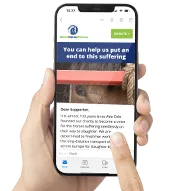
Join over 65,000 other horse lovers and sign up for our email newsletter
Sign me up now